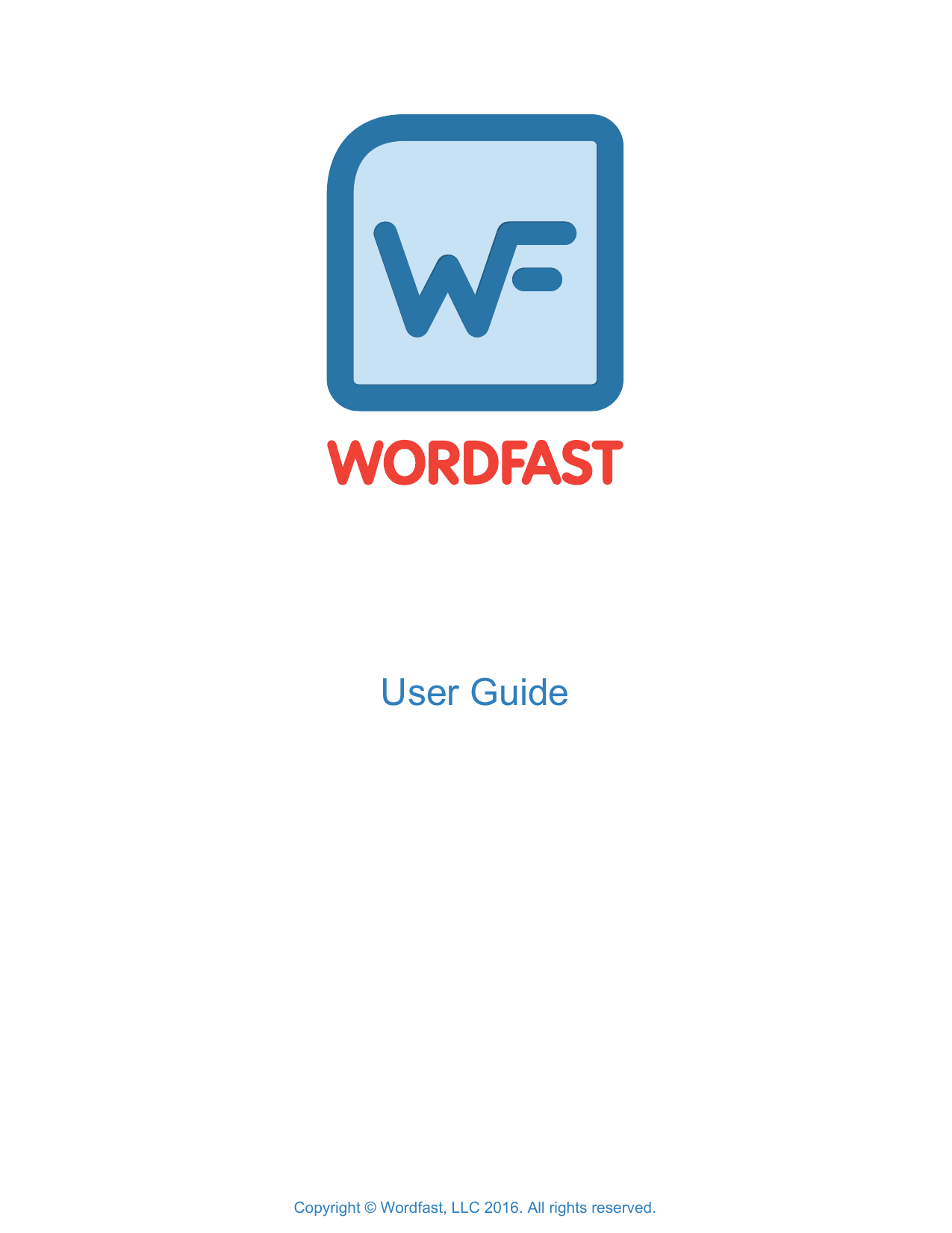

It is compatible with multiple formats (even with files and packages created in Trados Studio and other CAT tools), which makes it very versatile.It also offers and online version called memoQWebTrans, but it is a bit limiting in their functionalities compared to the desktop versions.

It has both: a cloud-based and a server-based set up.The interface is very intuitive and very easy to use.Here, I briefly touch upon some of the features that characterise each tool, hoping that this will help you to clarify some of your doubts if you are indecisive on which one to choose. Now, how do we choose the right one for us? The pros and cons of each tool cannot, by any means, be simplified in a list, and the inclination towards one or the other will depend mostly on your budget, the particularities in your workflow and your personal preferences. However, each tool has its particularities and offers features that are proper of each developer. All these tools have many features in common, and all of them offer four fundamental functionalities: Translation Memory Management, Term Base Management, Workflow Automation and Quality Assurance. At present, there are plenty of options on the market, but the most popular ones are memoQ, SDL Trados Studio, Memsource and Wordfast. There is a big debate over the use of Computer-Assisted Translation Tools (CAT tools) and which of them is the best choice for freelance translators.


 0 kommentar(er)
0 kommentar(er)
